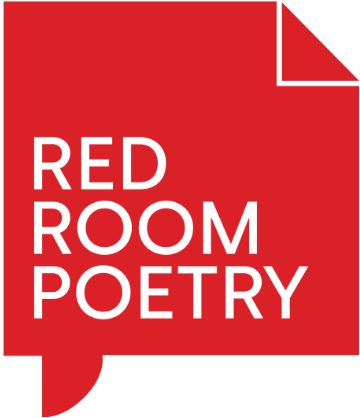Three Poems for Mme. Curie
By Jessica L Wilkinson
i. She would make bouquets

ii. Rambler Roses at the Radium Institute
That a garden should be planted
before hard work had begun
in Rue Pierre—Madame chose
plane trees and limes to stand
amidst the rambler roses. I am
gaining two years—a little
flame in the eye. She claimed
the inner courtyard of tan brick
and stone, mapped out a place
for short respite between
the measurements and test tubes.
All this, without consulting
architect Nenot, who hadn’t had
a chance to lay foundations.
Seed packets in her leather case,
a future garden gathered from
the markets with her daughter.
Roses, by her own hand, into earth;
she tended to them daily, witnessed
tendrils rise against new walls.
Marie could worry on a blight-
affected vine, more than on her
suppurating fingertips. Perhaps
the limes were chosen for their
ornamental crown and heart-
shaped leaves; their nectar
pleases butterflies and bees.
Once a year, Marie unspooled
a length of string to verify
their growth. The increments
in girth no doubt raised a smile.
A thriving vision for her colleagues
to look down upon from large lab
windows. Happy marvels blooming.
iii. Upset Vases
My little Pierre, I want to tell you
the sight of sun and flowers makes me suffer
lilac—leaf—rose—crown of gorse
I want to tell you I did not allow them
to cover your coffin with cloth I scattered
blossoms and sat beside you
mahonia—violet—iris—hawthorn
stretched out on the bank, we plucked
wild ornaments I wore them in my hair;
you placed a frog onto the back of my hand
water ranunculus—tulip—waterlily
I jumped to look upon your body
I want to tell the further flowering
of these wonders on our table, a lamp
periwinkle—laburnum—wisteria
you sleep beneath the earth I want
everything everything everything
Notes
This suite of poems is from a new work-in-progress on the life of chemist and physicist Marie Curie. Madame Curie conducted pioneering research on radioactivity; she discovered the elements polonium and radium, and won a Nobel Prize in both Physics (1903) and Chemistry (1911). These poems draw on (and quote from) Eve Curie’s biography of her mother (Madame Curie: A Biography, 1937), in particular focusing on the frequent presence of flowers in Marie’s life.
Marie had conducted her experiments (with husband Pierre) in makeshift, dilapidated spaces until she was finally granted a specially-constructed laboratory at what was to become the Radium Institute in Paris—sadly, this was a few years after Pierre’s untimely passing. Before construction had begun, Marie mapped out and supervised the planting of a garden so that it would bloom with trees and flowers when the lab opened.
